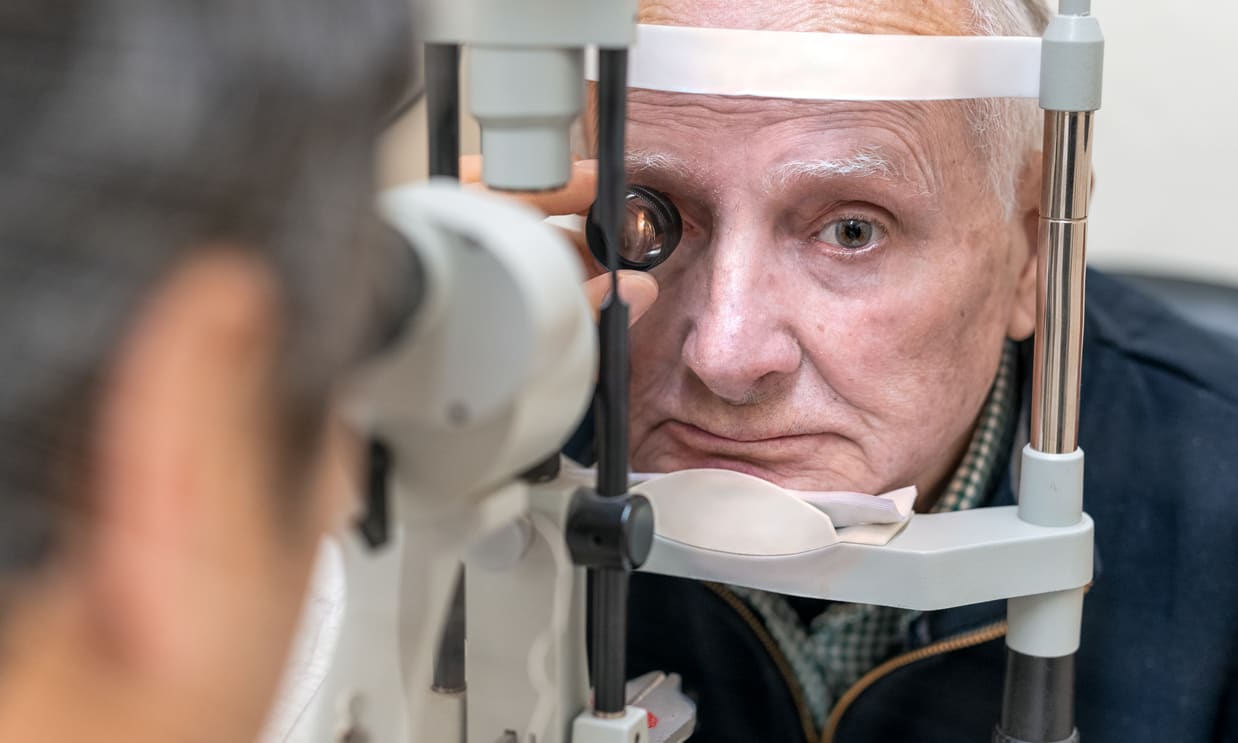The Ultimate Guide to Removing Dark Spots: Simple Methods for Clearer Skin
Dark spots can appear on your skin due to various factors such as aging, sun exposure, hormonal changes, or post-inflammatory hyperpigmentation. These spots, also known as hyperpigmentation, melanin deposits, or age spots, can be a source of frustration for many people seeking clear, even-toned skin. Fortunately, there are several effective methods to reduce or remove these blemishes, ranging from home remedies to professional treatments.

What Causes Dark Spots on Your Face and Body?
Dark spots occur when certain areas of your skin produce more melanin than usual. Melanin is the pigment responsible for giving your skin its color. Several factors can trigger this overproduction, including:
-
Excessive sun exposure: UV rays accelerate melanin production as a defense mechanism, leading to sunspots.
-
Hormonal changes: Conditions like melasma often appear during pregnancy or while using hormonal contraceptives.
-
Post-inflammatory hyperpigmentation: This occurs after skin injuries, acne breakouts, or other inflammatory skin conditions heal.
-
Aging: As we age, years of sun exposure can cause age spots (solar lentigines) to develop, particularly on areas frequently exposed to the sun.
-
Certain medications: Some drugs can increase sensitivity to sunlight or cause pigmentation changes as a side effect.
Understanding the root cause of your dark spots is crucial for determining the most effective treatment approach.
Which Natural Ingredients Effectively Remove Dark Spots?
Natural remedies can be gentle yet effective for treating dark spots. These ingredients work by either inhibiting melanin production, promoting cell turnover, or providing antioxidant protection:
Lemon juice contains vitamin C and citric acid that can gradually lighten dark areas when applied consistently. Simply dab fresh lemon juice onto clean skin using a cotton ball, leave for 10-15 minutes, then rinse thoroughly. Always follow with sunscreen, as lemon increases sun sensitivity.
Aloe vera gel contains aloin, a natural compound with depigmenting properties. Regular application can help fade spots while soothing the skin. Apply pure aloe vera gel directly to spots twice daily.
Turmeric contains curcumin, which inhibits melanin production. Create a paste with turmeric powder and honey, apply to affected areas for 10 minutes before rinsing. This simple trick to remove brown spots from your skin works gradually with consistent use.
Apple cider vinegar contains acetic acid that may help lighten pigmentation. Dilute it with equal parts water before application to prevent irritation.
Green tea extract is rich in polyphenols that help reduce melanin production and provide antioxidant protection. Apply cooled green tea to spots using a cotton ball.
How Do Over-the-Counter Products Work to Remove Dark Spots?
Over-the-counter products formulated specifically for hyperpigmentation contain active ingredients that target melanin production or increase cell turnover:
Vitamin C serums are powerful antioxidants that inhibit melanin production and brighten the skin. Look for products with 10-20% L-ascorbic acid for maximum effectiveness. Apply in the morning under sunscreen for best results.
Niacinamide (vitamin B3) reduces the transfer of melanin to skin cells and has anti-inflammatory properties. Products with 5-10% concentration can significantly improve dark spots with consistent use.
Alpha hydroxy acids (AHAs) like glycolic acid and lactic acid work by exfoliating the skin’s surface, removing dead cells containing excess melanin and promoting cell renewal. Start with lower concentrations (5-7%) and gradually increase to avoid irritation.
Retinol, a vitamin A derivative, accelerates cell turnover and fades hyperpigmentation over time. Begin with lower concentrations (0.25-0.5%) and use every other night to build tolerance.
Kojic acid, derived from certain fungi, inhibits tyrosinase, an enzyme necessary for melanin production, making it effective to remove dark spots on face when used consistently.
What Professional Treatments Can Remove Dark Spots Permanently?
For more stubborn dark spots or faster results, professional treatments performed by dermatologists or licensed aestheticians can be highly effective:
Chemical peels involve applying a solution that causes controlled exfoliation of the skin’s top layers. Depending on the strength, peels can target superficial to deep pigmentation issues. Medium-depth peels with ingredients like trichloroacetic acid (TCA) can remove dark spots permanently in days to weeks.
Laser therapy, particularly treatments like IPL (Intense Pulsed Light) or Q-switched lasers, targets melanin specifically while leaving surrounding tissue intact. These treatments can deliver dramatic results for stubborn dark spots in just a few sessions.
Microdermabrasion physically removes the outer layer of skin using tiny crystals or a diamond-tipped wand. This treatment is gentler than chemical peels but may require more sessions for visible results.
Cryotherapy uses liquid nitrogen to freeze and destroy excess pigment. This treatment is particularly effective for individual sunspots but requires precision application by a professional.
Professional-grade microneedling creates tiny punctures in the skin that stimulate collagen production and allow for deeper penetration of brightening ingredients, enhancing their effectiveness.
How Can You Prevent Dark Spots From Returning?
Removing dark spots is only half the battle—preventing their recurrence is equally important:
Sun protection is absolutely essential. Use a broad-spectrum SPF 30+ sunscreen daily, even on cloudy days. Reapply every two hours when outdoors and wear protective clothing and wide-brimmed hats.
Incorporate antioxidants like vitamin C, E, and ferulic acid into your daily skincare routine to neutralize free radicals that contribute to pigmentation.
Be gentle with your skin by avoiding harsh scrubs and excessive exfoliation, which can trigger post-inflammatory hyperpigmentation, especially in darker skin tones.
If you’re prone to melasma or hormonal dark spots, consult with your healthcare provider about hormonal treatments or adjustments to birth control methods that might help.
Consistency is key—maintain your brightening skincare routine even after spots fade to prevent their return, and perform regular skin checks to catch new spots early.
What Are the Most Effective Product Combinations for Dark Spot Removal?
Creating an effective regimen by combining complementary products can dramatically improve results when targeting stubborn dark spots:
| Product Type | Recommended Ingredients | Optimal Usage | Average Cost |
|---|---|---|---|
| Morning Cleanser | Gentle, non-stripping formula | Daily AM | $10-25 |
| Vitamin C Serum | 15-20% L-ascorbic acid | Daily AM | $20-90 |
| Sunscreen | Mineral or chemical SPF 30-50 | Daily AM (reapply) | $15-45 |
| Evening Cleanser | Gentle formula with mild AHAs | Daily PM | $15-30 |
| Treatment Serum | Retinol or alpha arbutin | PM, 2-3× weekly | $25-75 |
| Spot Treatment | 2% hydroquinone or kojic acid | Target spots PM | $15-40 |
| Weekly Mask | AHA/enzyme exfoliation | 1-2× weekly | $20-60 |
Prices, rates, or cost estimates mentioned in this article are based on the latest available information but may change over time. Independent research is advised before making financial decisions.
For optimal results, layer products from thinnest to thickest consistency. Begin with a vitamin C serum in the morning to brighten and provide antioxidant protection, followed by sunscreen. In the evening, alternate between exfoliating ingredients (like glycolic acid) and repair ingredients (like retinol or niacinamide) to avoid irritation. Targeted spot treatments containing ingredients like hydroquinone, kojic acid, or alpha arbutin can be applied directly to dark spots before moisturizer.
When using multiple active ingredients, introduce them gradually into your routine to avoid irritation. Allow 4-8 weeks of consistent use before evaluating results, as skin cell turnover takes approximately 28 days in healthy adults.
Addressing dark spots requires patience and consistency, but with the right combination of treatments, prevention methods, and protective measures, achieving clearer, more even-toned skin is entirely possible.
This article is for informational purposes only and should not be considered medical advice. Please consult a qualified healthcare professional for personalized guidance and treatment.




